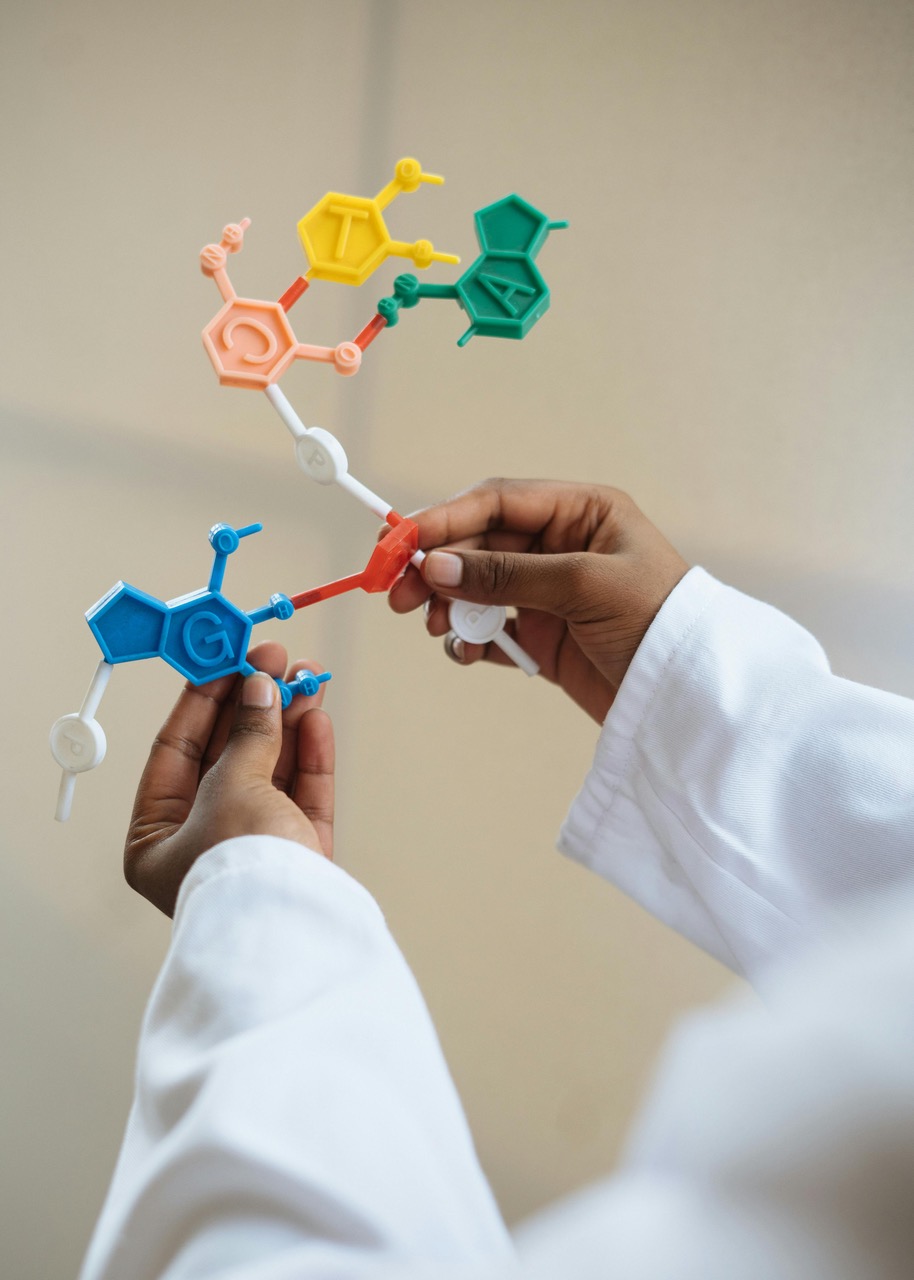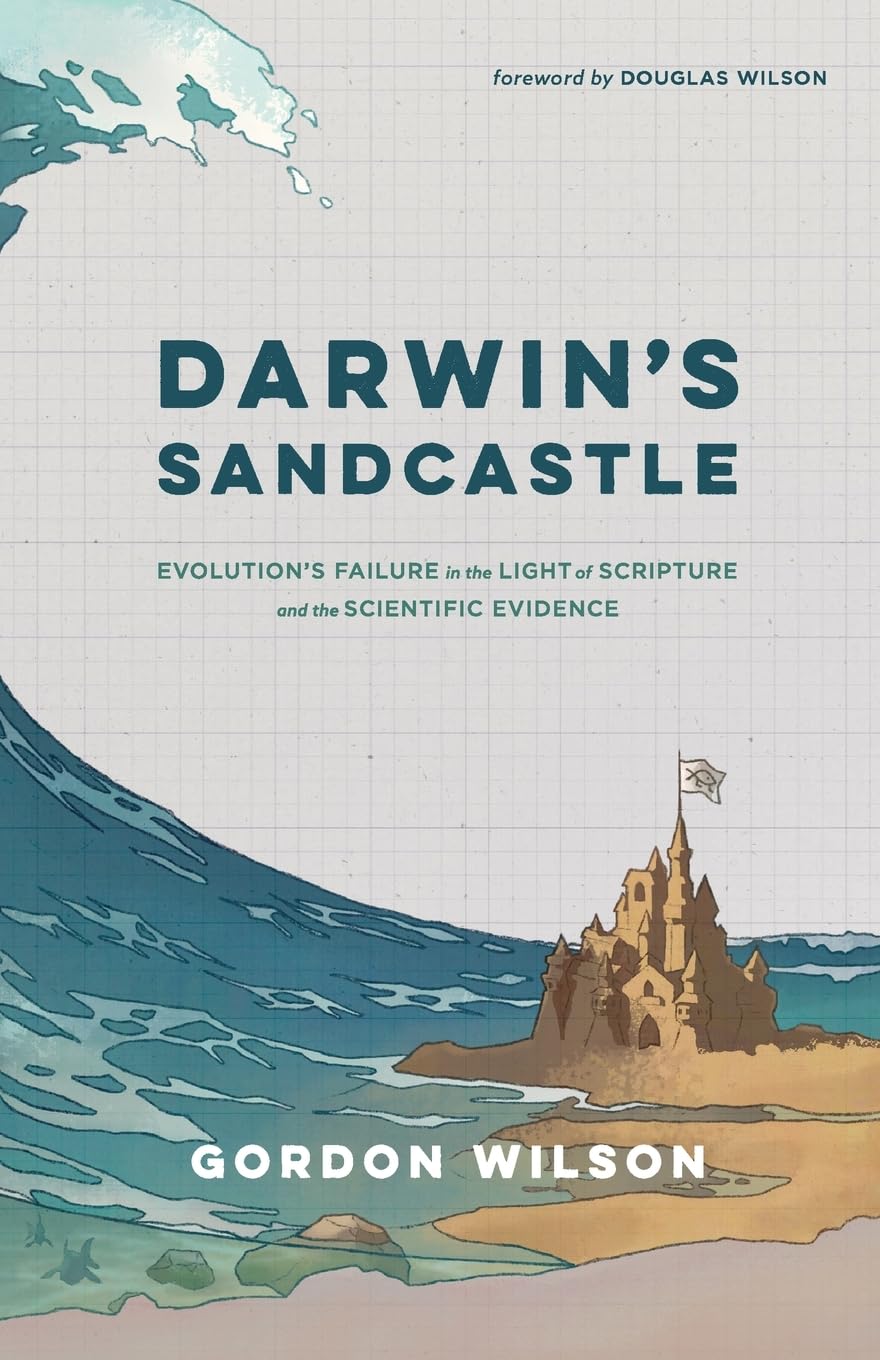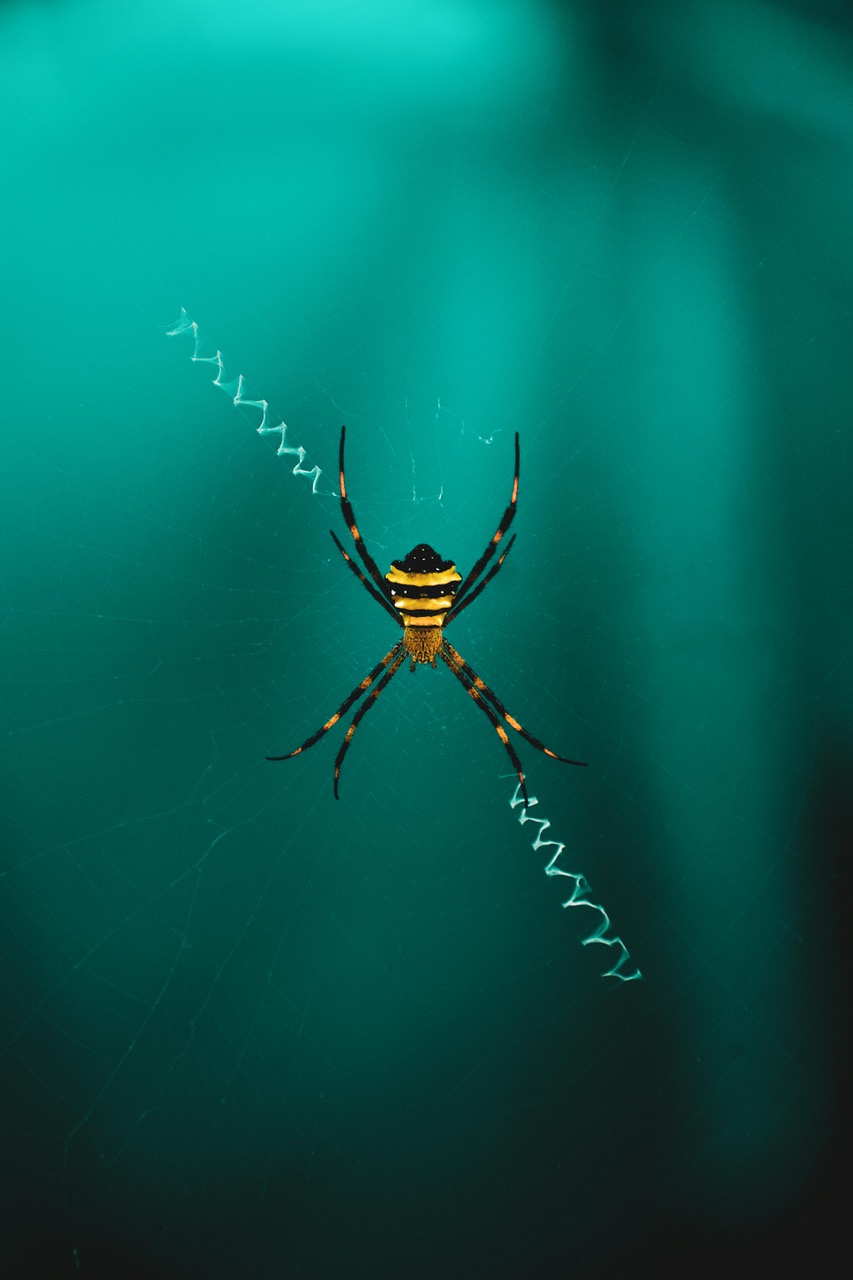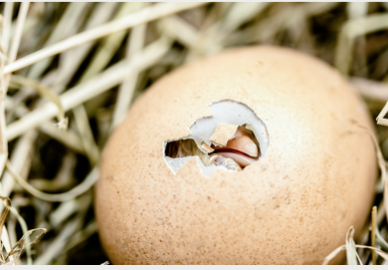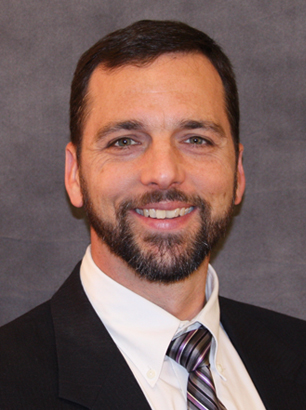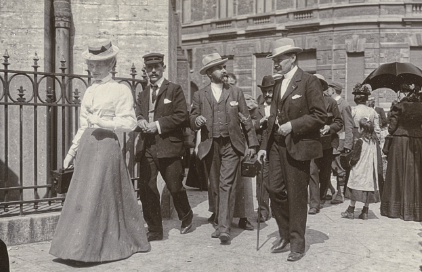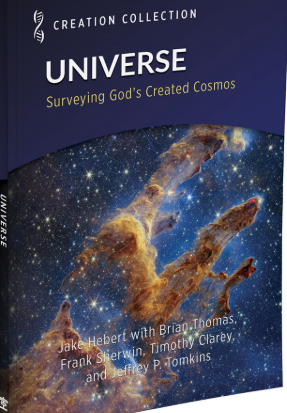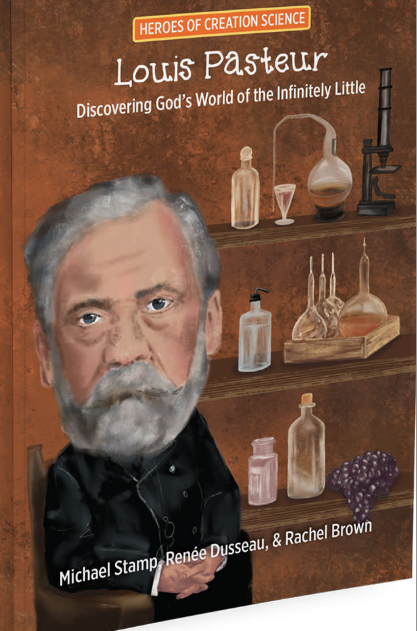Articles » Biology
There is a reason why people walk down the street with their eyes glued to their cell phones. They want to find out the latest news! It is indeed true that everyone is curious and likes a good story, and especially the ending to a good story. Many stories however actually are never ending. They may start in a very simple fashion, but as time goes on, the details become more and more complicated.
Many stories or interpretations in science, for example, are like this. At first the idea is straightforward, but as more studies are conducted, the story becomes more difficult to follow. Consider, for example, Darwin’s proposals about evolution. He observed that individuals in a population of organisms differed in various small details. He then argued that those individuals which were better endowed, would be the ones to leave more offspring. This was the simple story that Darwin developed to explain evolution. There were many people who did not think that this scenario of changing proportions of traits in the population could explain the appearance of new body plans. The process might explain why there were more big or small individuals (or whatever) in the population, but it could not explain the appearance of new body plans (such as insect or fish) which require a lot of new information compared to that found in other kinds of creature. But no matter, Darwin’s scenario became the basis for evolution theory in the years to come.
Read the rest of this entry »Book Review by Margaret Helder
Dr. Gordon Wilson has written a nice new book, Darwin’s Sandcastle, for Christians who are not scientists but who desire to be informed, but not burdened with details concerning science and origins. Such people understand that they need to keep mentally alert concerning their worldview. This means not shutting themselves off from important topics like the foundations of Christian doctrine and history. The objective of many Christians therefore is to share their worldview with others and not become bowled over by contrary views. While most people do not specialize in science, they can at least familiarize themselves with the basic issues.
Read the rest of this entry » Order OnlineMany people are afraid of spiders, but they are excellent examples of God’s engineering design in nature, especially in the production and use of their silk. Spider silk starts as a “liquid crystal”—a highly concentrated water-based solution containing rod-shaped molecules. This means it both flows like a liquid and has its molecules oriented and ordered like a crystal. The silk solution is produced and stored in a group of silk glands until it is drawn out through the silk ducts for use. Evolutionists cannot decide whether the liquid crystal structure is an “accident of Nature” or a necessary requirement, but they think it may help to control crystallization. If the silk crystallized prematurely, it would block the ducts and kill the spider. (De Luca & Rey) Creationists would call it a design feature.
Read the rest of this entry »A chicken egg appears to be a simple structure consisting of a hard shell enclosing the egg white with a yellow yolk at the centre. In fact, it is an exceedingly complex structure described as a “miracle of engineering.” Other accolades for the egg include “Nature’s Perfect Package” (1) and “Life’s Perfect Invention… nature’s most perfect life support system.” (2) David Attenborough in his documentary revealed the wonder behind what he calls these “incredible miracles of nature.”
Read the rest of this entry »Sugar gliders look like chipmunks, glide like flying squirrels, and their young (called joeys like kangaroos), can live for several weeks after birth in their mother’s pouch like opossums, and amazingly they belong in the same family as kangaroos. No wonder their origin has stymied evolutionists. The three types of gliders are so different that evolutionists propose that they “evolved at least three times independently in closely related glider species, including sugar gliders. But the question lingers as to how it evolved.” [i]
Read the rest of this entry »Challenges, Motivation and Hope
In the early years of the existence of Creation Science Association of Alberta, CSAA brought in many excellent speakers from the Institute for Creation Research. All these speakers were scientists with excellent experience and credentials. These included biochemist Dr. Duane Gish, geologist Dr. Steve Austin and biologist Dr. Gary Parker. In more recent years, ICR moved from California to Texas and set about becoming established in a new region. Now once again, CSAA is delighted that one of ICR’s research scientists, Dr. Brian Thomas, has agreed to be our featured speaker for Creation Weekend on October 24 and 25, 2025. The sessions are scheduled to take place at Providence Canadian Reformed Church which hosted the event in spectacular fashion in October 2024 (12905 122 Avenue NW in Edmonton).
Read the rest of this entry »Some scientific words come from what was originally everyday language, but the concept has long been almost forgotten. Take the word ‘chaperone’ for example. Until recent times, a chaperone was a respectable mature lady who needed to be present on any social occasion to ensure that courting couples conducted themselves in a sedate and appropriate fashion. That certainly sounds old fashioned, doesn’t it? There was even a play written, called Charley’s Aunt, by Brandon Thomas (about 1890), that lampooned the efforts of two young Englishmen to entertain some young ladies to tea. In order to do this, they needed a chaperone to be present. They therefore persuaded another male friend to masquerade as a rich aunt from Brazil so that the tea party could take place. Hilarious escapades and disasters followed (including the real aunt showing up).
Read the rest of this entry »Back in the days when television was new to North American society, there was a show called Perry Mason. This featured a lawyer who specialized in courtroom drama. In predictable fashion, Mr. Mason set out to defend an accused person, but the facts of the case looked very discouraging for the defendant. However, thanks to great sleuthing by Perry Mason’s two assistants, some important new details were discovered. In the courtroom, as the show drew toward a close, Mr. Mason triumphantly asked a witness, “Isn’t it true that ….?” And some new facts were revealed which changed the whole story. Everyone was all smiles when the defendant was exonerated. The point is that partial information can lead to wrong conclusions.
Read the rest of this entry »Understanding genetics was so straightforward back in the good old days. I am not sure when those days were, but our picture of control systems in our bodies was easier when obvious stretches of DNA, called genes, were believed to control specific traits like eye colour and blood type. It used to be that we talked about genes and ‘junk DNA’. Now there are genes and there are control systems. It was the use of supercomputers which changed our understanding of how the human genome works.
Read the rest of this entry »

